- Joined
- Aug 15, 2000
- Messages
- 19,235
Garry, the page https://docs.cutwise.com/blog/ray-path-in-round-diamond touches 2 very important issues for diamond optical performance
1) Stereo rivalry :
Red +Red combination does not mean best Brilliancy.
Sometimes Red+White creates better Brilliancy.
I do not disagree Sergey, I am not sure how the effect can be quantified other than via a large scale long period of actual human and sales data. Cutwise.com could do that if it were to become a commercial monster.
My point with the above video was that there are many continual dark zones for both eyes even in Tolkowsky proportions and identifying just the two left and right central ones is an oversimplification.
2) VF's angular speed ( for main facet it strongly depends from pavilion angle.Main facet with shallow angles have much less angular speed compare with facet for Pavilion angle 41.8( I am not saying that Cr34.5 P41.8 is good or bad diamond. I am telling about angular speed which has high correlation with diamond "Life"). The Shallow diamonds could have high Light return but it have weak " Life."
Deep diamonds could have less Light return, but much bigger and attractive "Liffe"

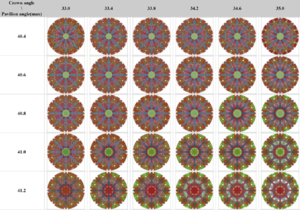

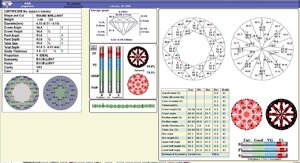
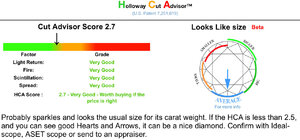
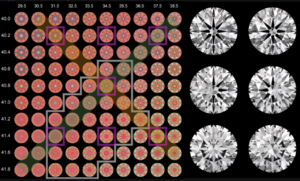
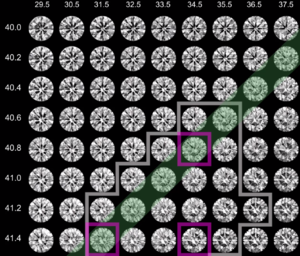
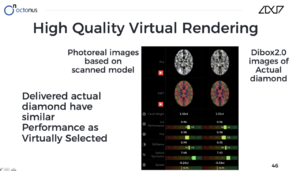


300x240.png)